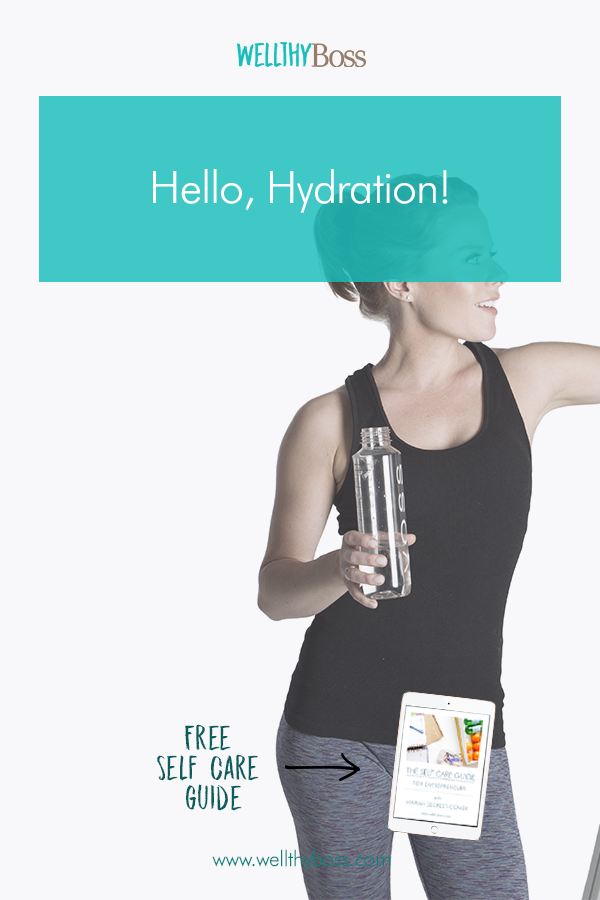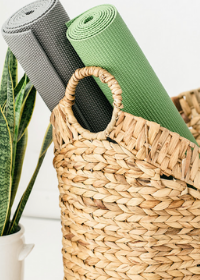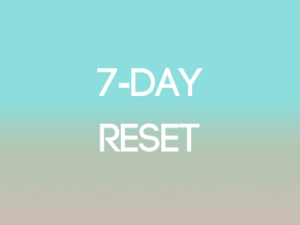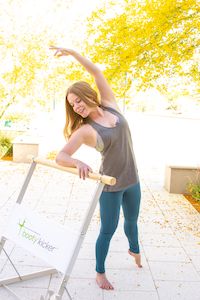
Like many things in the fitness world, knowing when and what to drink can sometimes be confusing. (And I’m not talking about narrowing down the happy hour menu!)
The thing we need to keep in mind as we sort through all the “thou shalt’s” and “thou shalt not’s” is to always keep an eye on the fact that much if not most of the fitness industry is fueled by someone trying to sell something. This is not necessarily bad (I’m trying to pay my bills in this industry too!), but rather a factor to consider when the options of all the wellness trappings start to become overwhelming.
Gatorade was originally created in the 1960’s under the supervision of physicians as a way to improve player performance for the University of Florida Gators football team under the extreme conditions of heat and subsequent sweat loss. (Source: www.gatorade.com) Today there are 77 million Americans that consume sports drinks (Source: Barry, Donna. Food Business News.) However, the U.S. Bureau of Labor Statistics estimates that there are less than 15,000 professional athletes in the United States. That means that almost all sports drinks are actually consumed by those of us who are not, at least strictly speaking, athletes in the true sense.
I say this because good old water is still the very best and most important thing for the vast majority of us to pound during a normal workout. Our bodies are 70% water, and for those of us who only punctuate an office-chair dwelling existence with the typical brief gym stint, we don’t need to overcomplicate things.
All that being said, here are the basics coming from someone who has no sports drink to sell you: Aim for at least three ounces of water every 15 minutes during exercise. Sports drinks are usually unnecessary for workouts under 60 minutes, though with our Arizona summer temps you may need to sip on an electrolyte replacement after 45. Keep in mind that some sports drinks can have 50 to 200 calories per bottle. A typical 30-minute cardio session (jogging, elliptical training, etc.) burns between 250 and 350 calories. You don’t want to fill up your newly-whittled calorie deficit by pouring sugary neon liquid right back into it.
When sports drinks are appropriate is in times of vigorous endurance activities (typically lasting 60 minutes or longer) that cause the body to lose substantial glucose (energy from carbohydrates) and electrolytes (fancy word for the salts in your body, including most notably potassium and sodium, but also chloride, calcium, magnesium, bicarbonate, phosphate, sulfate, and others). (Source: “What are electrolytes?” 21 January 2008.) People who may need this extra level of hydration include those training for half-marathons and marathons, triathlons, long bike races, etc. But still alternate fresh water between swigs of sports drink to help keep you balanced and free of thirst.
Hot climates are well documented for leading to dehydration more quickly than in cool climates (as much as four times as quickly), so it’s not a bad idea to think about replacing electrolytes a little sooner in the summer. I personally like the Nuun brand tablets that you drop into water to create a fizzy electrolyte drink for only 10 calories. Because their normal tablets contain a fairly high amount of sodium, I still only like to use these when doing at least moderate exercise. They do make an “All-Day” tablet with about 50 mg of sodium (as opposed to 350 mg) that is a nice water alternative to carry with you during regular activity on super-hot days. A good test for me to see if I need hot-weather hydration help is to drink a glass of water and see how I feel right after. If I’m still thirsty, I’ll reach for a Nuun tablet or coconut water.
Most importantly, don’t limit your water intake awareness to only the brief window of time during exercise. Water is vital for all of the body’s processes, not just bailing us out during a workout. If you have trouble remembering to sip, wrap 8 thin rubber bands or ponytail holders around your wrist in the morning. For each 8-oz glass of water you polish off, remove a band. Aim to be band-free by bedtime. If you really don’t like the taste of water, there are plenty of hydration helpers out there. For a natural approach add limes, cucumbers, basil, mint–even a drop of peppermint oil! And really, if all else fails, just do it. Your taste will acclimate once you phase out the less healthy substitutes your body has come to depend on.
Until next time, stay Happy and Hydrated!





